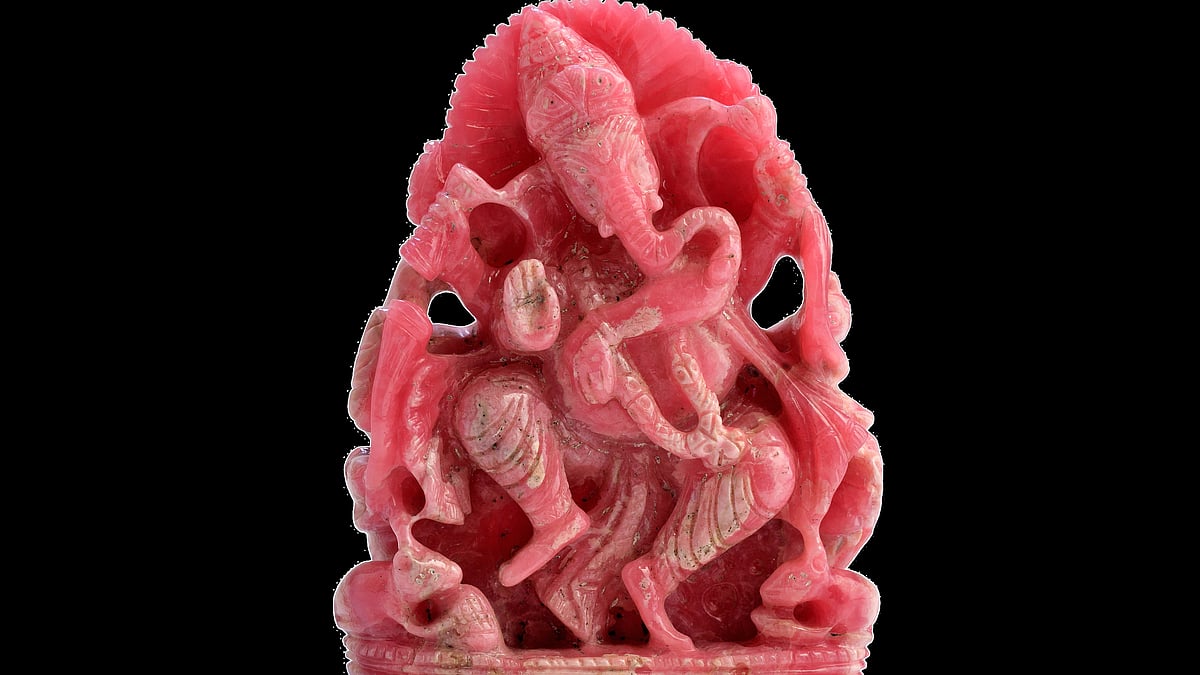Cancer is a major societal, public health, and economic problem in the 21st century, responsible for almost one in six deaths (16.8%) and one in four deaths (22.8%) from non-communicable diseases (NCDs) worldwide. Breast cancer is a disease in which abnormal breast cells grow out of control and form tumours. If left unchecked, the tumours can spread throughout the body and become fatal. According to World Health Organisation, female gender is the strongest breast cancer risk factor. Approximately 99% of breast cancers occur in women and 0.5–1% of breast cancers occur in men. The treatment of breast cancer in men follows the same principles of management as for women.
Who are at risk?
Certain factors increase the risk of breast cancer including increasing age, obesity, harmful use of alcohol, family history of breast cancer, history of radiation exposure, reproductive history (such as age that menstrual periods began and age at first pregnancy), tobacco use and postmenopausal hormone therapy. Approximately half of breast cancers develop in women who have no identifiable breast cancer risk factor other than gender (female) and age (over 40 years).
Symptoms of breast Cancer
Breast Lump: A breast lump or thickened area of skin that feels different from the surrounding tissue. A nipple that looks flattened or turns inward.
Colour change: Changes in the colour of the breast skin. In people with white skin, the breast skin may look pink or red. In people with brown and Black skin, the breast skin may look darker than the other skin on the chest or it may look red or purple.
Size change: One of the other considerable signs is of a change in the size, shape or appearance of a breast. Changes to the skin over the breast, can also happen such as skin that looks dimpled or looks like an orange peel. One can notice peeling, scaling, crusting or flaking of the skin on the breast.
Types of breast cancer?
Positive breast cancer refers to breast cancer cells that exhibit elevated levels of HER2 protein and test positive for progesterone and oestrogen receptors. Progesterone receptors (PgR), oestrogen receptors (ER), and HER2, a protein present in cells of the breast are responsible for the formation of the cancer.
There are different ways to classify breast cancer, one of the ways to classify breast cancer subtypes by receptor cell status. Receptors are protein molecules in or on cells’ surfaces. They can attract or attach to certain substances in your blood, including hormones like Estrogen and progesterone. Hormones Estrogen and progesterone help cancerous cells to grow. There is another protein expressed on cancer cells known as Her 2.
Subtypes include:
ER-positive (ER+) breast cancers have estrogen receptors.
PR-positive (PR+) breast cancers have progesterone receptors.
HR-positive (HR+) breast cancers have estrogen and progesterone receptors.
HR-negative (HR-) breast cancers don’t have estrogen or progesterone receptors.
HER2-positive (HER2+) breast cancers, which have higher than normal levels of the HER2 protein.
This protein helps cancer cells to grow. About 15% to 20% of all breast cancers are HER2-positive. HER2 is a protein that allows breast cancer cells to grow quickly. If breast cancer has a higher amount of HER2 than usual, the breast cancer is HER2-positive.
Based on combined presence or absence of expression they are sub classified as below
Triple Positive –
Here all the three proteins are expressed on cancer cells i.e ER, PR and Her 2
Triple Negative
Here all the three proteins are not expressed on cancer cells i.e ER, PR and Her 2
Hormone Positive
Here ER and or PR is Positive but Her 2 is Negative
Her 2 Positive
Here ER and PR is absent on cancer cells
Only Her 2 is expressed on cancer
Treatment
Triple Positive breast cancer would require targeted therapy like Trastuzumab with or without Pertuzumab. Both these injections are necessary since they are specifically for patient with cells expressing Her 2 protein. Since Her 2 expressing tumour irrespective of Hormone expression are aggressive cancers. They require prompt treatment and aggressive approach.
The outcomes of patient getting better due to these monoclonal antibodies. These monoclonal antibodies are given for 1 year once in 3 weeks or weekly. This approach reduce the chances of disease recurrence.
(Dr. Pritam Kataria, Consultant, Medical Oncology, Medical Oncology, Sir HN Reliance Hospital and Foundation)











